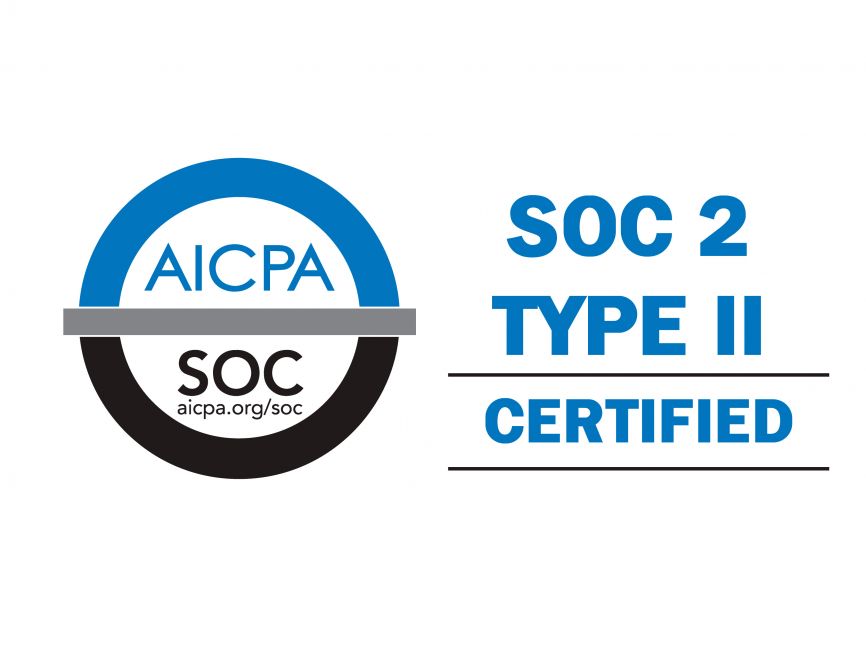Health Reimbursement Accounts have specifically been utilized up until now by employers as a way to help employees offset deductibles, coinsurance, and sometimes, the copays they incur when using their group health plan. Employers were barred from offering HRAs to employees that bought coverage on the individual market.
As you probably know, the cost of health insurance for individuals and employers has continuously gone up for everyone; employees in receiving health care and employers funding healthcare premiums. A lot of employers keep employees at a part time status to avoid having to offer them insurance while some employers have taken advantage of the tax credits offered to their employees and cut out group coverage altogether.
This new HRA development will allow employers to choose to either offer a traditional group coverage plan or offer an ICHRA (Individual Coverage Health Reimbursement Account) to their employees. The ICHRA is funded by employers and employees are able to use the funds to purchase/pay premiums on individual health plans either on or off exchange.
This new rule is estimated to help over 11 million American workers, empowering them in the selection of a health plan that best fits their and their family’s needs. Instead of being locked into 2-3 plans, determined by the employer, the individual is able to look through various plans offered to select a plan more fitting for their specific needs.
The US unemployment rate was 3.6% in May 2019. The new HRA rules will continue to allow small employers to utilize the ICHRA in lieu of a traditional health plan. In such a competitive job market, this will allow smaller employers to compete with large groups in attracting talent with competitive fringe benefits.
Our take: the ICHRA is a win-win situation across the board. It opens the door for more flexible and affordable healthcare options for both the American worker and the employer.
For more information, click here to check out an article by Stephen Miller, CEBS that appeared on shrm.org.

